Ubiquity CEO Summit 2025: Nerd Nuggets, Shared Struggles, and Series A Secrets
Our takeaway summary from Ubiquity Summit -- where Ubiquity founders, VCs, and Ubiquity Extended Team members shared how to turn frontier tech into tomorrow’s enduring companies
Three years ago, we wrote about the 2022 Ubiquity Summit — an experiment in gathering our community of CEOs and Ubiquity Extended Team (UXT) members for a day of shared learning and candid conversation. This past week, that experiment showed just how far it has come: ~20 Ubiquity CEOs, ~20 Ubiquity Extended Team members, and 50+ outside VCs convened for two days of tactical insights, unvarnished fundraising advice, and a bit of magic.
We opened our 2025 Ubiquity CEO Summit on Tuesday night at Sunil’s home in Palo Alto with dinner and wine in his backyard.
By Wednesday morning, the Computer History Museum was buzzing with our CEO-only sessions, followed by a full agenda of lessons founders can use immediately — whether you’re raising, selling, simplifying, or building.
CEO Morning Sessions: The Real Playbooks
1. Founding Sales Mentality
Our first session with Caddi CEO Alejandro Castellano dug into the messy reality of startup sales. The advice was refreshingly blunt:
Abundance > perfection. Don’t cling to a single “dream” customer. Sales is a volume game, and the data only emerges when you track everything.
Spot bad fits early. A bad-fit customer isn’t just wasted time — it creates churn, bad reviews, and distracts your product. Learn to read demand signifiers (like whether an org is hiring ops roles or straining under overhead).
Sell the gap. Frame your product as the bridge from painful present to high-margin future. If inefficiency is costing a firm $50k/month in lost revenue and $30k/month in payroll, that’s the ROI story.
Objections are data. “Timing is bad”? Reframe: “This rollout is just two hours, and since you’re already doing [X], now is the best moment.”
2. Simplification & Go-to-Market
The second session With Olis Robotics CEO Fredrik Ryden emphasized the power of simplification. Complexity doesn’t impress buyers — it slows them down.
Kill confusing tiers. Buyers won’t analyze a matrix of overlapping checkmarks. Simple plans win.
Sell direct. Stop waiting for “the end-user to sign off.” If someone has budget authority, sell to them.
Convenience is king. Credit card checkout. Temporary links instead of long credential setups. Offline use when needed. Even skipping app stores if they’re a bottleneck.
Delight = retention. Make it easy, and customers will come back for s’more (literally the slide we saw).
Juicy takeaway: many early GTM headaches aren’t about awareness, they’re about friction. Remove the friction.
3. The Anatomy of a Killer Board Deck
The third session with Koop CEO Sergey Litvinenko tackled a founder pain point: board meetings. The message was clear — the board can be an accelerant if you use it well.
Myths vs. facts. Myth: “the board adds no value.” Fact: the board won’t add value unless you proactively pull it from them.
Structure matters. A good deck includes: refresher, highlights & lowlights, sales, marketing, product, team, financials, and — most importantly — a clear ask.
Treat your board as an asset. Bad news should come first and fast. Think of the board deck as a baby fundraising deck — a chance to sharpen story and metrics.
4. Becoming a Master Fundraiser
Sunil closed the CEO-only morning with a session on fundraising. Founders often overcomplicate it; the essence is simple:
Three stories you must tell: Why this startup is your life’s work (passion), how big this could be (greed), and why another human should champion it internally. (see our post “Maslow’s Hierarchy of Pitching”).
Inhabit their mind. Help the associate or junior partner feel like this investment will accelerate their career. Lower their cognitive load to understand your product and business amidst the 500-1,000 pitches they make take this year. Surprise upward vs. stretching the truth on any progress to-date.
Follow-up discipline. Recap your 2-3 key messages at the end of every pitch and send a follow-up email with these same points RIGHT after ending the meeting. Continue following up every few days with new concrete developments. Most founders lose rounds not in the pitch, but in the follow-up.
The VC Panel: Series A Reality Check
At 11:00am, we shifted gears with a VC panel featuring Alex Niehenke (Scale), Steph Palmeri (NextView), and Mo Islam (Threshold). Several themes echoed what many founders already feel:
The bar for Series A has risen. You need traction, repeatability, and proof that the market pull is bigger than just early adopters.
Metrics matter — but story matters just as much. The best pitches blend hard numbers with a human narrative.
The “easy money” era is gone. VCs are asking sharper questions, and founders need sharper answers.
Afternoon Lightning Talks: Nerd Nuggets at the Frontier
The afternoon spotlighted the frontier — where Ubiquity companies and experts see the next breakthroughs.
Why GenAI is failing in enterprise. Most projects collapse because they lack context, verification, or integration into workflows. Agents succeed when they fit naturally and results can be easily verified to build trust in the handoff.
Taxonomy of AI. We explored how “AI” has been rebranded and stretched to cover everything from regression models to generative systems. The real money in 2025 sits in generative modeling + agents, but knowing where a seller is on this map is critical.
Claude Code as a case study. The gold standard of agent design: do one thing really well, pair hand-in-hand with developers, and cut cognitive load.
AI infra is winner-take-all. At the LLM layer, economies of scale make it nearly impossible for newcomers to compete with OpenAI/Anthropic/Google. But at the application layer, being a “wrapper” is a feature, not a bug — users want the flexibility to swap.
The longer-term view. If AI can solve code, it can (with effort) solve any problem as hard as code. That’s the next horizon.
CEOs Meet the UXT: Speed Dating with Substance
In the afternoon, our Ubiquity CEOs paired with Ubiquity Extended Team members for 1:1 and small-group sessions. The goal wasn’t networking — it was targeted matchmaking around real challenges. Issues on the table included:
How to shorten enterprise sales cycles
Balancing readiness vs. sales pressure
When to scale GTM across Gov + commercial simultaneously
How to manage the risk of deploying safety-critical tech too early
This is where the Summit’s value is most tangible: real founders getting real help from people who’ve been there.
Closing with Magic
We wrapped with a 5–7pm reception that brought together CEOs, UXT, and 50+ outside VCs. Conversations ranged from AI agents to peptide therapeutics — punctuated by a magician pulling off illusions that were both delightful and, in their own way, instructive: the best founders also make the impossible look inevitable.
Why It Matters
The Ubiquity Summit isn’t just another “event.” It’s part of a larger system we’re building at Ubiquity: a dense network of trust, insight, and support around founders tackling the hardest real-world problems.
Founders leave with sharper sales playbooks.
Boards get stronger because CEOs learn how to wield them.
Fundraising gets less mysterious and more human.
New AI frontiers get dissected before they’re hyped.
In 2022, I called this Ubiquity Summit an experiment. In 2025, it feels like an institution. And judging by the buzz in the room this past week, it’s only getting stronger.
Ubiquity Ventures — led by Sunil Nagaraj — is a seed-stage venture capital firm focused on startups solving real-world physical problems with "software beyond the screen", often using smart hardware or machine learning.
If your startup fits this description, reach out to us.



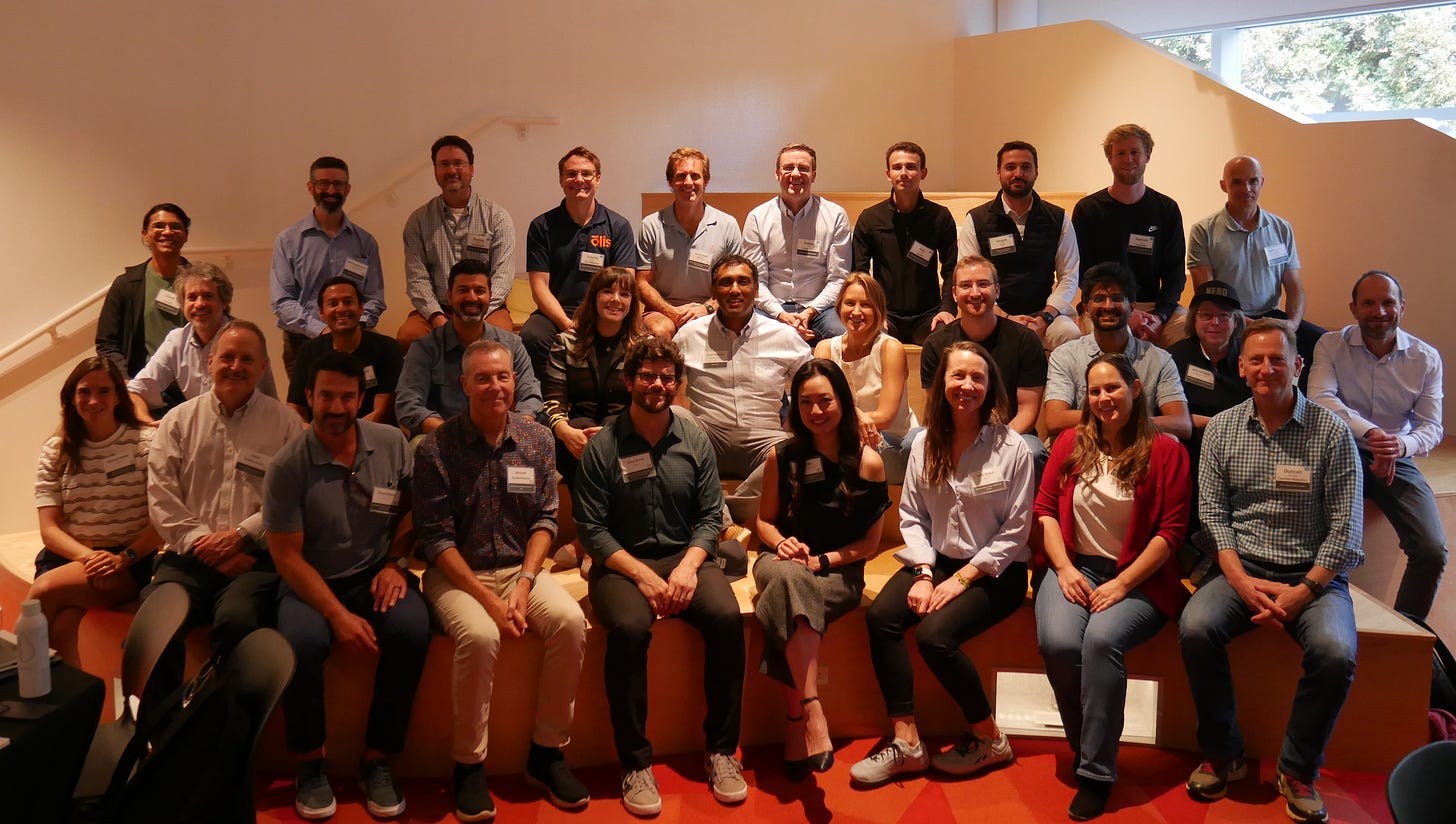
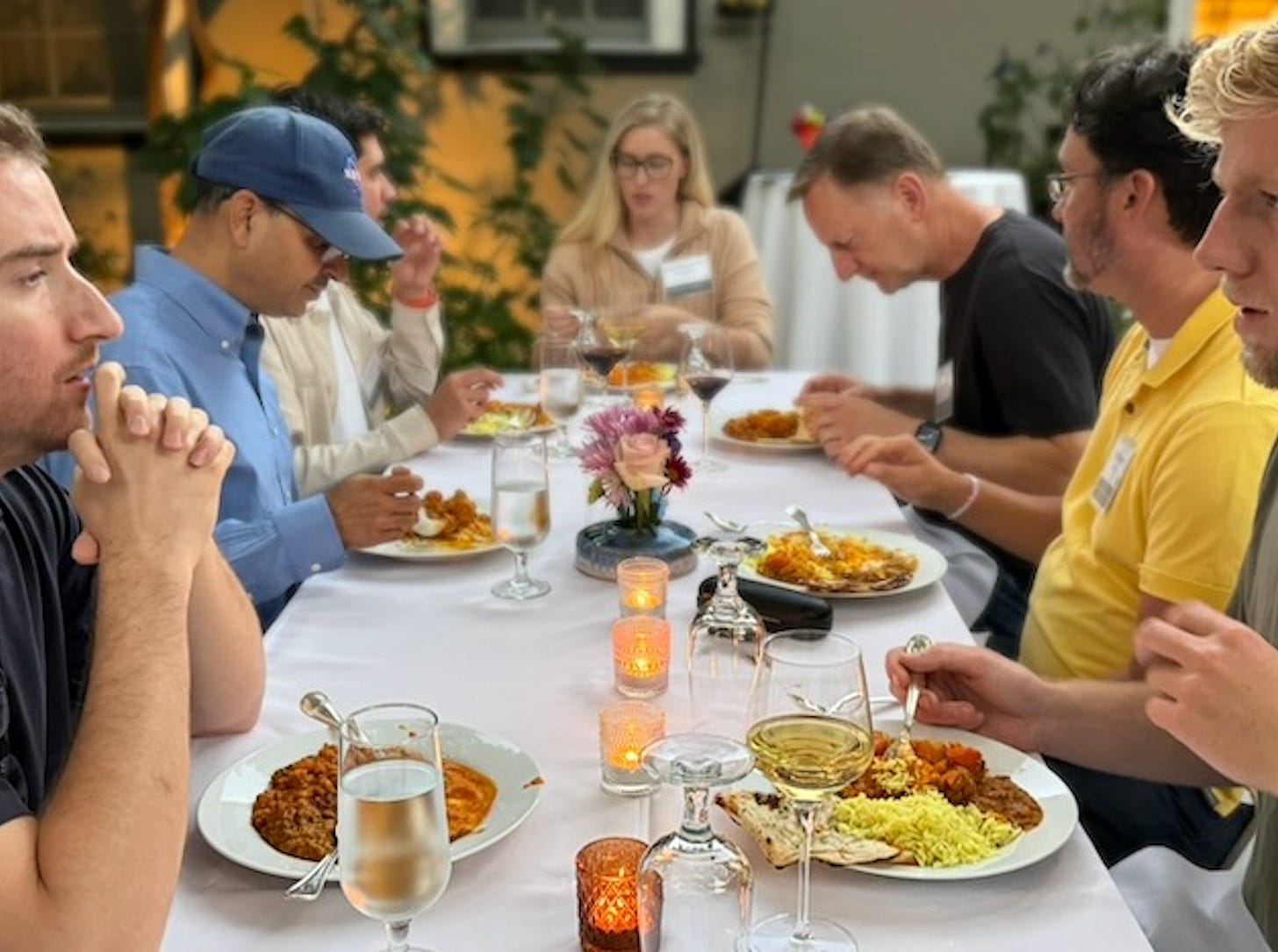
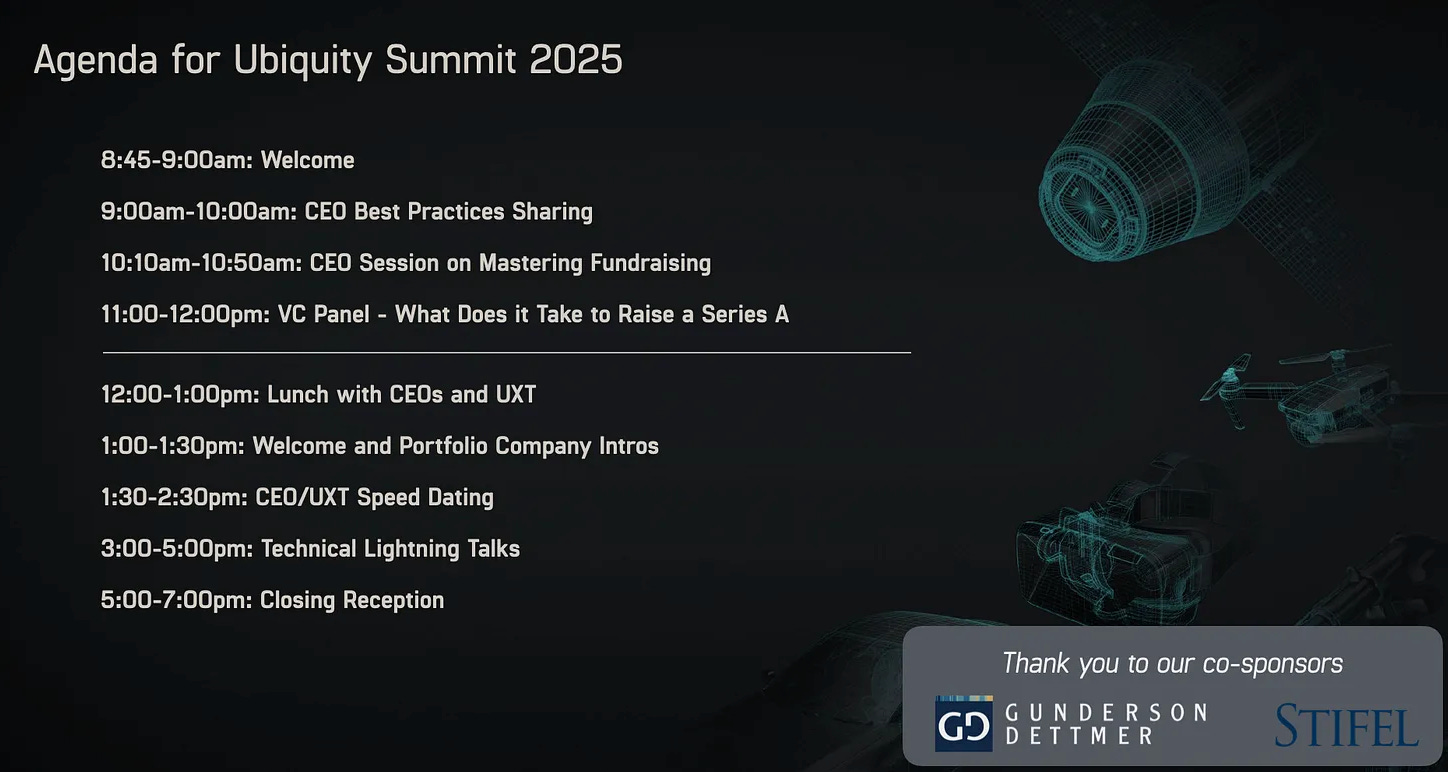
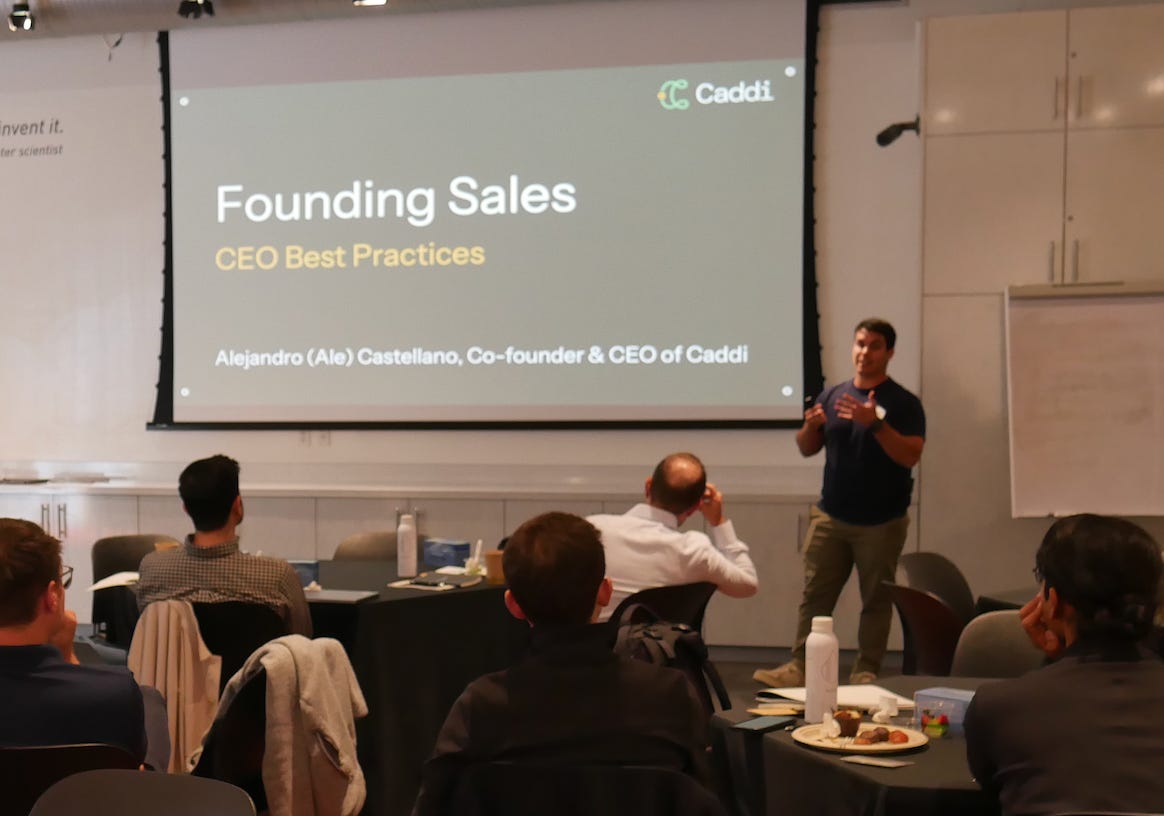
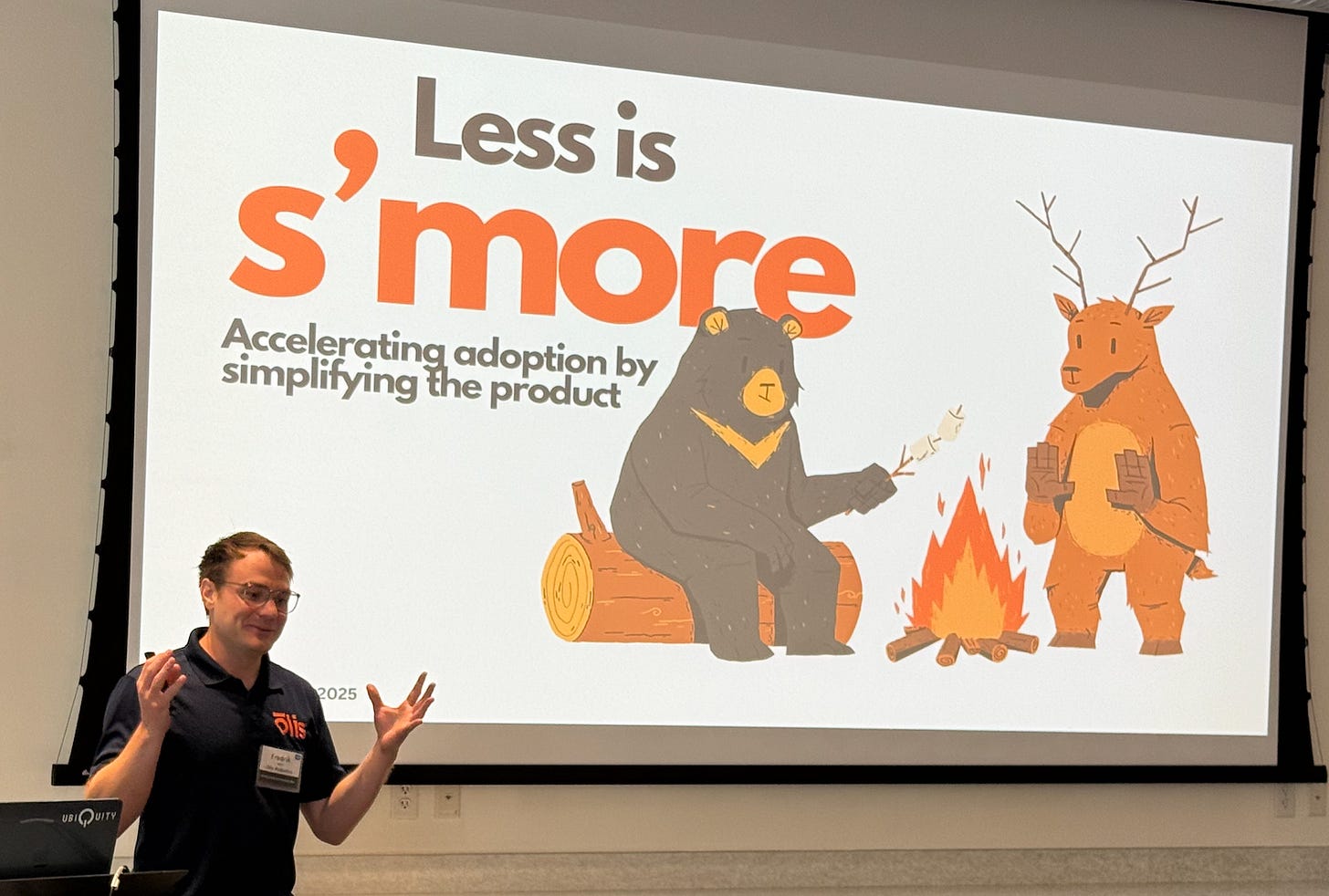
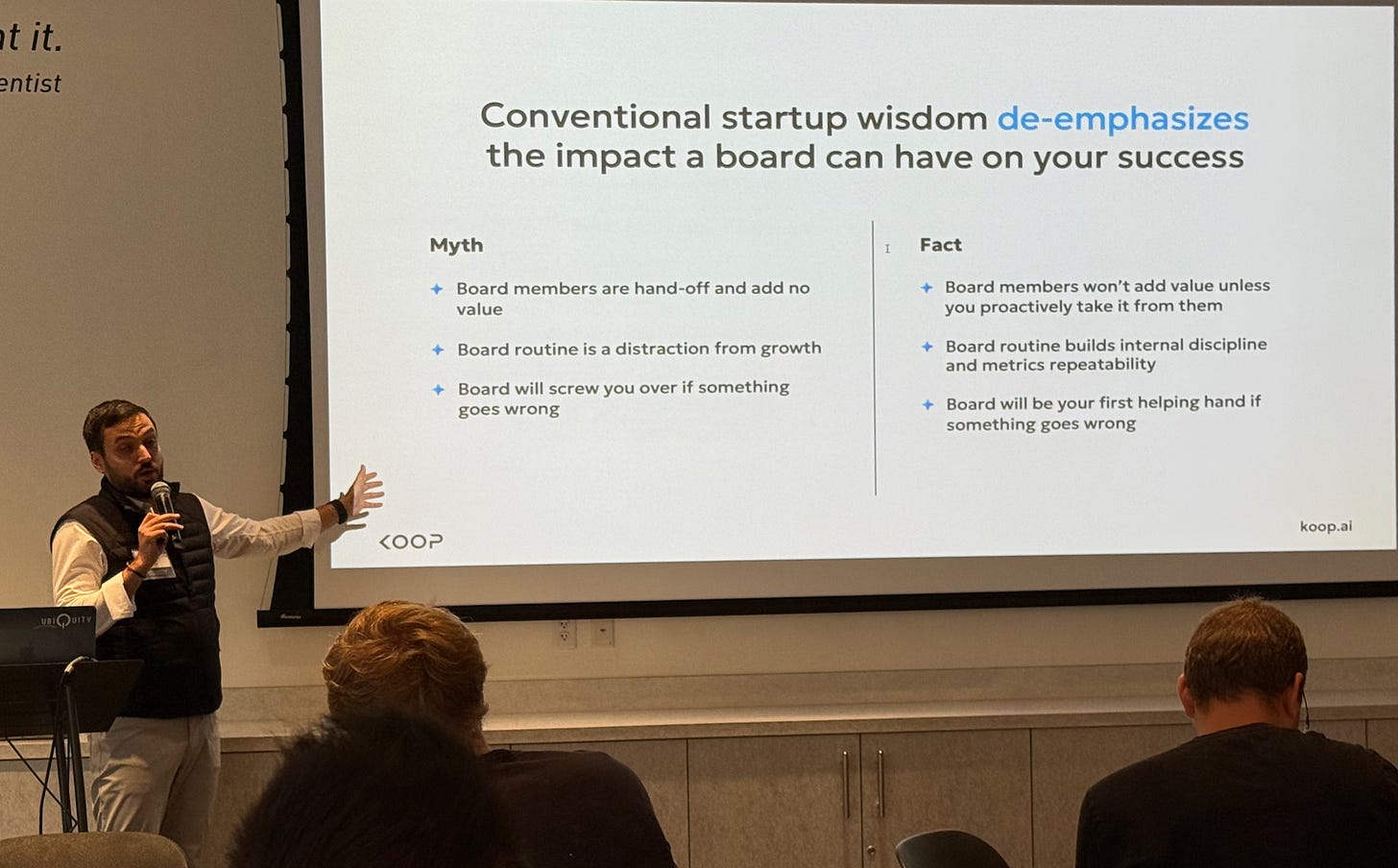
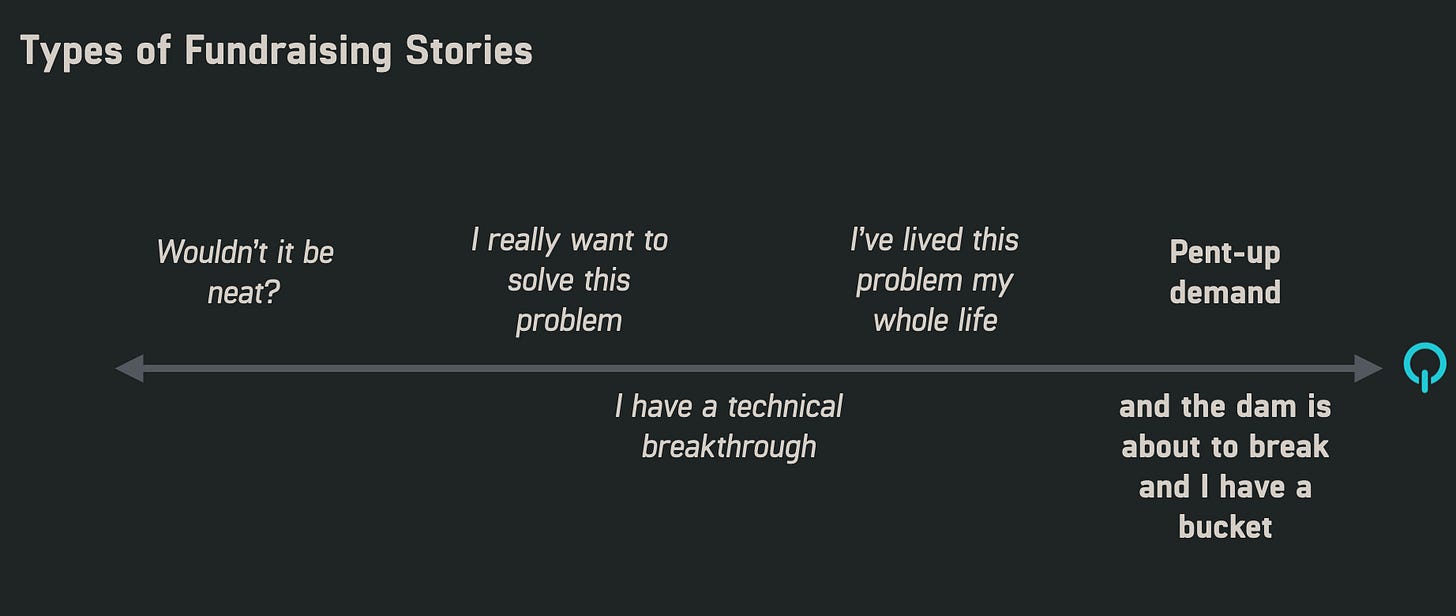

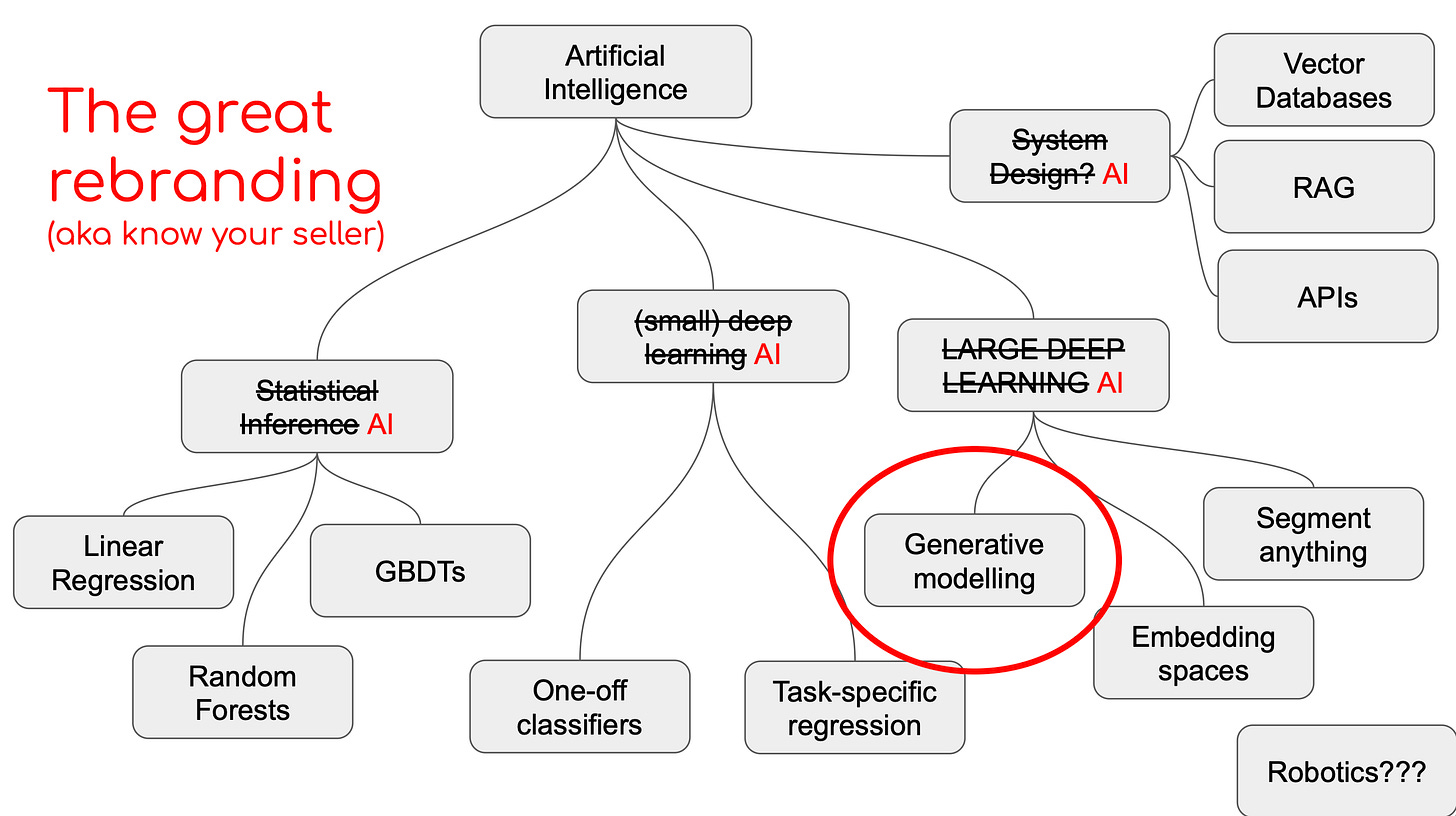

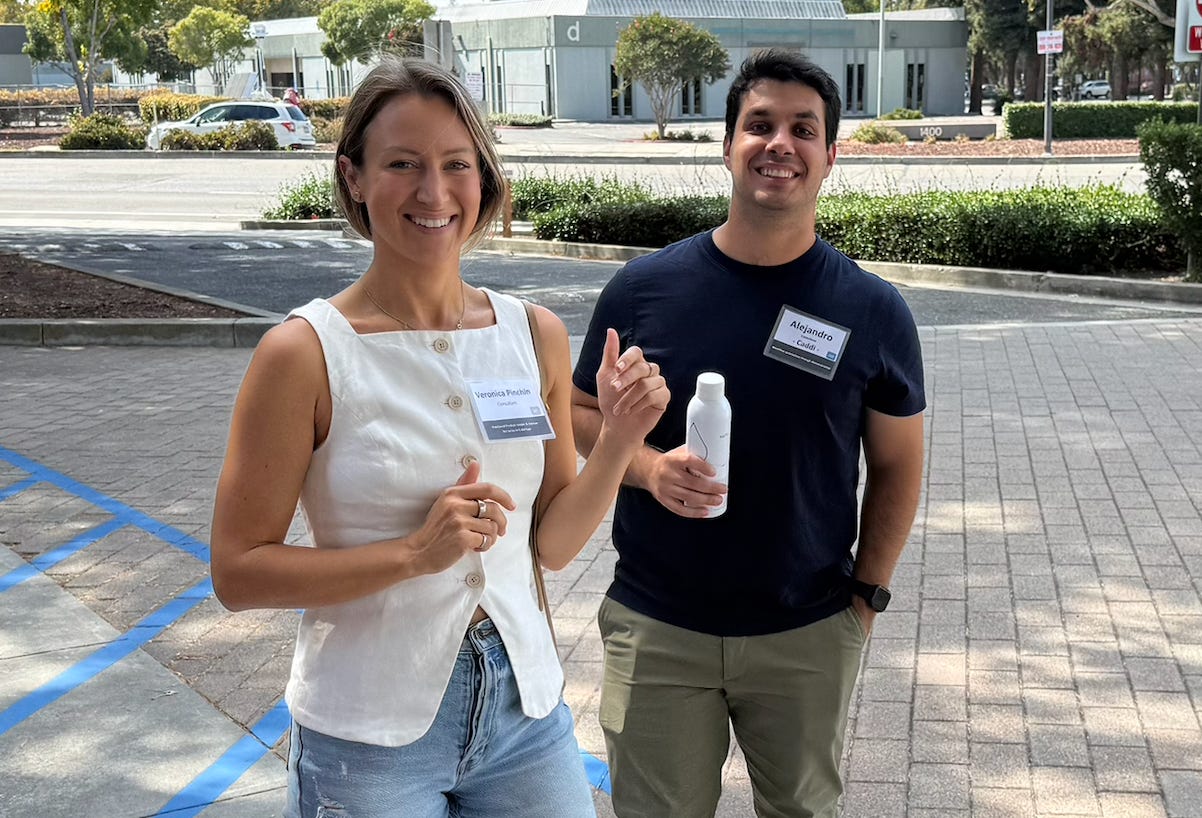
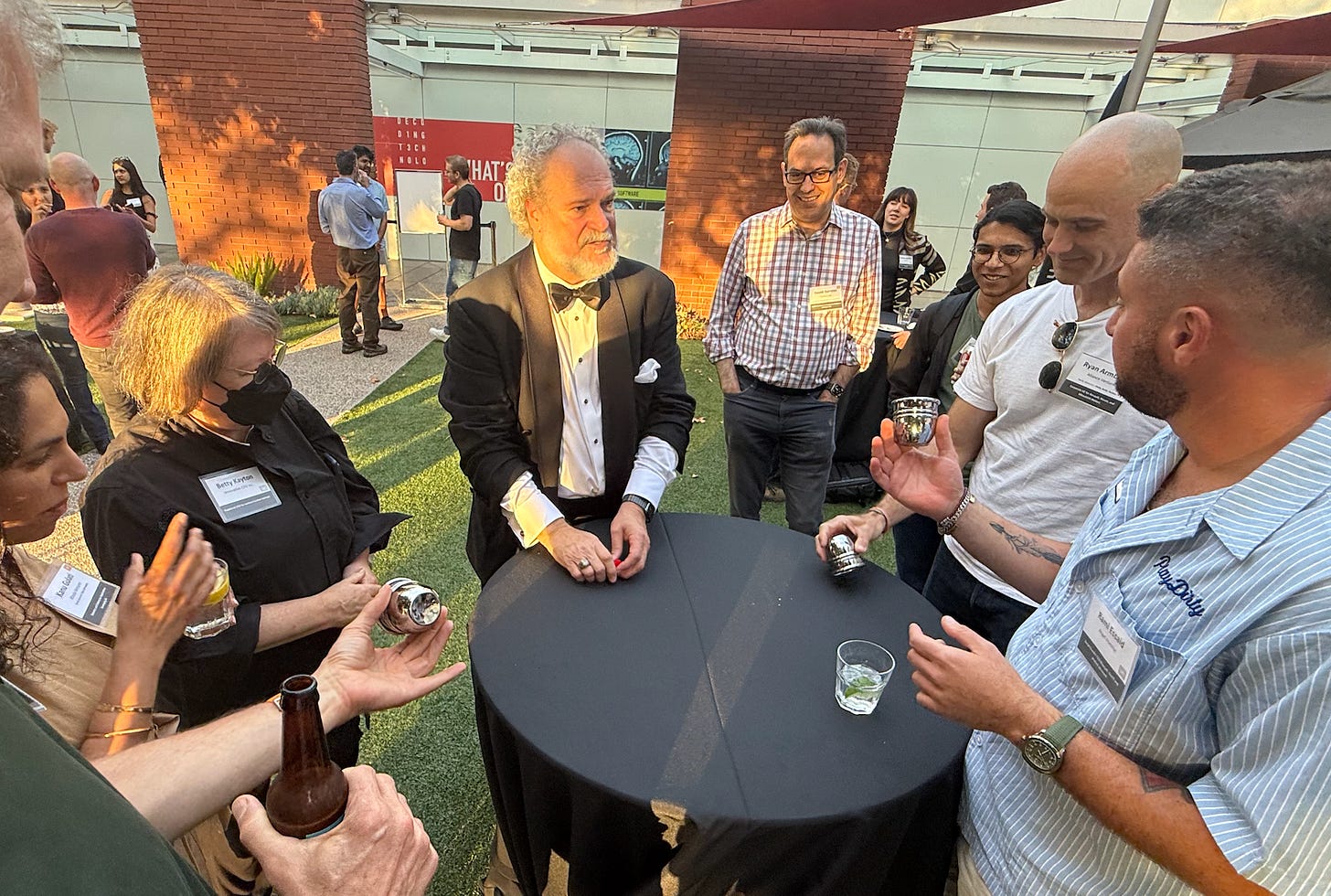
Great presentation!!.